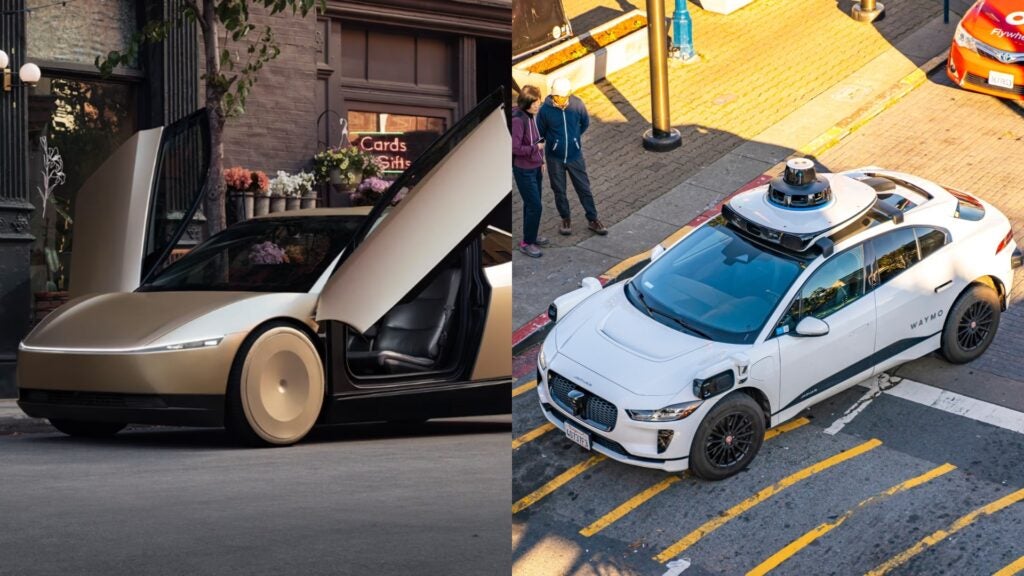Tesla Inc.’s TSLA cost of making the entire Cybercab will roughly equal Alphabet Inc. GOOG GOOGL subsidiary Waymo‘s cost for installing lidar sensors on its robotaxis, according to Ark Invest analyst Brett Winton.
What Happened: The cost of manufacturing the Tesla Cybercab should be half the cost of manufacturing the company’s Model 3 or Model Y given the Cybercab has half the content as the other vehicles, Winton said. So once production reaches scale, the cost of manufacturing a Cybercab should be nearly $18,000, according to the analyst.
The cost of purchasing Waymo’s lidar sensors together with installation charges will cost roughly the same amount, Winton said. While the cost of the lidars alone would come at $13,500, installation and wiring will cost another $1,500, taking the total cost of the lidar sensors alone to $15,000.
Waymo installs its sensor suite on electric vehicles made by auto manufacturers such as Zeekr, implying a separate cost for purchasing the vehicle.
Winton is not alone in expecting the cost of making the Cybercab to be lower than Waymo’s cost for deploying its robotaxis.
"ARK estimates that Waymo’s vehicles cost more than $100,000 to produce, its sensor set alone ~$40,000+, though it is working to reduce costs. Tesla’s Model 3 costs $40,000, sensors included. While it needs to build backend support for remote vehicle assistance and customer support, Tesla should be able to leverage its existing factory, charging, and service infrastructure to scale efficiently," Ark Invest’s Tasha Keeney also said in a blog post last month.
Why It Matters: Tesla unveiled its Cybercab with no pedals or steering wheel last month. The vehicle, CEO Elon Musk then said, will enter production “before 2027” and be priced below $30,000.
During Tesla’s third-quarter earnings call last month, Musk said that the company expects to start a ride-hail service in Texas and California starting next year, subject to regulatory approval, with self-driving Model 3 and Model Y vehicles.
However, the vehicles might not all operate as driverless robotaxis initially but with a driver as some states demand it until the company touches certain milestones in terms of miles and hours driven, the company then said.
However, Musk also expressed confidence about the company operating driverless paid rides sometime next year, placing it as a firm competitor to Alphabet Inc’s Waymo.
Check out more of Benzinga’s Future Of Mobility coverage by following this link.
Read Next:
Photos courtesy: Tesla and Shutterstock
© 2024 Benzinga.com. Benzinga does not provide investment advice. All rights reserved.








